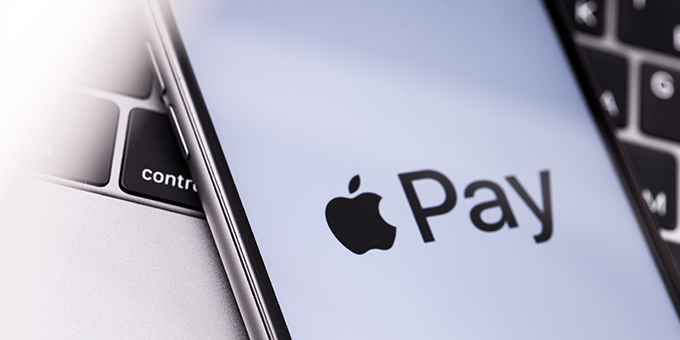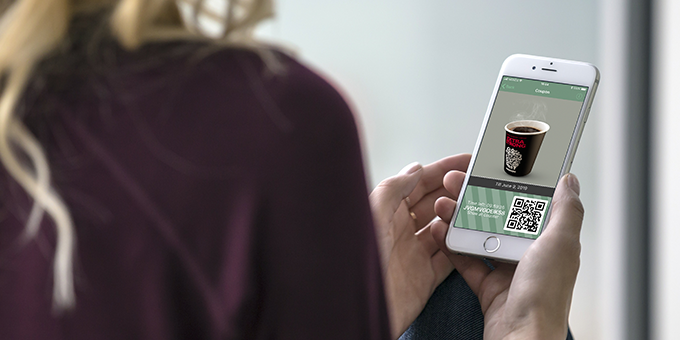A loyalty programme can do wonders for your brand. If you play your cards right, new consumers will come back to you and loyal customers transform into real brand ambassadors. But if you play your cards wrong, that same loyalty programme becomes a curse instead of a blessing. The key is to create a concept that is valuable to both the brand and the consumer. Everyone likes to get stuff for free. So if you, as a brand, are willing to give something away, you have made the first step. But if you want your loyalty programme to be successful, ‘free’ isn’t enough. If you want to influence people’s purchasing behaviour, you will first have to understand that behaviour and the underlying motivations. In the study ‘The Endowed Progress Effect’ two American researchers, Joseph Nunes and Xavier Dreze, gained a fascinating insight.
Give Your Customers Artificial Advancement
Nunes and Dreze wanted to know the effect of giving customers advancement. Location of the experiment: a local car wash. The researchers randomly distributed 300 loyalty cards to visitors. Customers would receive a stamp every time they paid to have their car washed, and when they had enough stamps, they would receive one free car wash.
Participants were divided into two groups. The first group received cards with eight squares. After eight stamps, participants with this card were entitled to a free car wash.
Participants in the second group received a loyalty card that had 10 squares, with two stamps already affixed such that only eight more stamps were truly required.
Both groups needed eight stamped squares to qualify for a free car wash. The only difference was that the second group had a ‘false’ start of 20% progress.
With scenarios that are so much alike, you wouldn’t expect any drastic discrepancies. However, a tremendous difference occurred between the results of the two groups: The redemption rate for the second group was nearly twice as high (79 percent). Salient detail: participants from group two also bought the car washes sooner than their counterparts.
What is Going on Here?
Why was the second group more actively involved in the promotion than the first group? According to Nunes and Dreze, it’s because the participants from the second group were able to visualize the end result better due to the two squares that were already stamped. The fact that they don’t have to start from scratch, plays a huge role in their motivation to finish it. Even though we are in fact talking about a false start… Actually starting something is the biggest obstruction to people. For the participants in the second group, the beginning was already made.
The Artificial Advancement in Practice
How do you combine the law of artificial advancement with setting up a successful loyalty programme? Three important pillars to increase the chance of success:
1. Define a clear goal for your customers
Determine what it is people can save up for. Free advice, an experience or the newest gadgets? It doesn’t really matter what it is, as long as it’s worth the effort. 2. Define what customers need to do to reach this goal
2. How will customers reach their goal? Is it by buying products, by introducing new users (think about Dropbox and how they give away free storage space when you invite friends) or by trying out new flavours? Determine how people get their ‘stamps’.
3. Present the advancement as a bonus
Whichever advancement you want to give, make sure to always tell your customers why they’re getting the bonus. People won’t be impressed if they don’t know why they are getting extra points or stamps. Telling them it’s because they are first-time customers, or that it is a way of saying sorry for the inconvenience of a renovation or because they introduced new members or placed a single order online, can already be sufficient.
In retail, this principle is already being implemented (cashiers giving you an extra stamp on your loyalty card to ‘help you along’, for instance). Finding examples online is more difficult. One of them is Dropbox, and Fab Europe, who give a discount on your next purchase when you introduce people who purchase something as well. What is the ultimate example of giving ‘artificial’ advancement online according to you?








